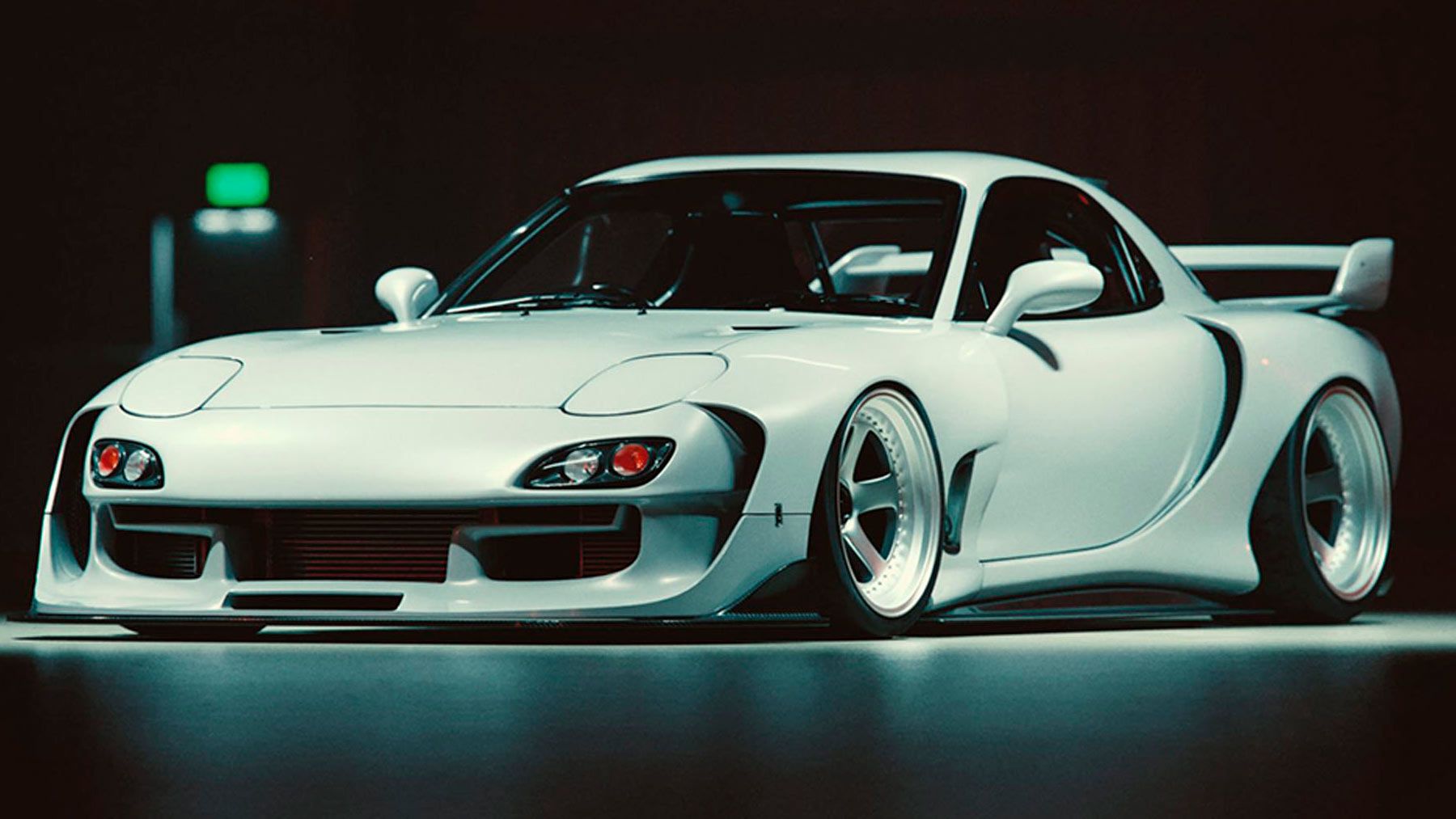
JDM cars have always had a special place in the world of automobiles. From their sleek hatchbacks to their powerful sedans, they’ve been turning heads and making hearts race with their unique style and thrilling performance. You’ve probably witnessed their high-octane glory in your favorite Fast and Furious movie.
In 2022, Australia’s JDM imports reached an astounding US$1.94 billion according to data from the United Nations COMTRADE database on international trade. That’s no small feat and speaks volumes about the love affair Down Under with these Japanese automotive gems.
However, in recent years, the prices of used Japanese cars have skyrocketed. These aren’t just cars anymore; they’ve morphed into rolling investments. And we’re not just talking about the iconic names like the Toyota Supra, Nissan GTR, or Honda NSX. Virtually every model that carries even a hint of JDM rarity has jumped on the bandwagon, adding extra zeros to their price tags. The big question is: what’s fueling this surge in prices?
Over the years, there’s a multitude of reasons why JDM cars have shot up in price, leaving enthusiasts and investors eager anticipation of its sustainability.
Fraudulent importers cast a shadow by hoarding inventories, creating artificial demand, and strategically releasing cars when prices peak. Japanese auction houses also play a role, with exporters buying in bulk during price lulls and reselling when values surge. Wealthy buyers further inflate prices through extravagant bidding, causing sellers to raise their rates. This manipulative dance between supply, demand, and market players creates a ripple effect that gradually inflates JDM prices.

JDM cars have made their mark in popular culture, particularly through movies and video games. Films like “The Fast and the Furious” franchise have immortalized vehicles like the Toyota Supra and the Mazda RX-7, elevating them to iconic status. As per the Hagerty Price Guide, 1995 Mitsubishi Eclipse GSX models, similar to Walker’s iconic car in the movie, have seen their prices surge by an impressive 73.9 percent, now averaging around $20,700 following the film’s release. Race over today and join the Fast & Furious fun. We’ve got the cars to take you on a nostalgic journey!
A strong sense of nostalgia for the late ’90s and early 2000s has also fueled interest in JDM classics. Buyers who once dreamed of owning these cars as teenagers are now financially capable of turning those dreams into reality.
JDMs are renowned for their commitment to quality and reliability. Many JDM cars from the ’80s and ’90s still run flawlessly today, despite their age. These vehicles are equipped with advanced engine technology for the time (VTEC for example) and other performance enhancements that set them apart, delivering remarkable speed and handling when compared to their rivals. They also offer exceptional tuning potential. Enthusiasts are drawn to the idea of modifying these vehicles to achieve even greater power and agility. With a thriving aftermarket industry supporting JDM cars, the appeal of owning a platform that can be customized to individual preferences adds to their allure.
Global supply chain disruptions, including shortages of microchips and semiconductor components, have affected the production of new cars. This has led some buyers to turn to classic JDM cars as alternatives, further driving up demand and prices.
In 2020, we witnessed the largest semiconductor shortage, which hit various industries, including automotive manufacturers. Initially projected to end by September 2020, it persisted due to high demand and unforeseen disruptions, like the Renesas factory fire in Japan and a Texas ice storm affecting major semiconductor plants like Samsung, NXP, and Infineon. This shortage reduced car production in 2020, 2021, and 2022, driving up used car prices by 30%. With average used car costs at around $33,000, many turned to JDM cars for something reliable and fun-to-drive.
The opening of the U.S. market to JDM imports had a significant impact on the prices of these vehicles. In the United States, you can’t import cars that weren’t originally sold in the US market until they’re 25 years old. As we are now in 2023, you can legally import cars made from 1998 up to the present year. Since these cars are older, they aren’t subject to today’s emission and safety regulations.
With the ability to legally import JDM cars, enthusiasts and collectors in the United States have driven up demand for these unique and often high-performance vehicles. The supply of these vehicles in Japan is finite, and as more are exported to the U.S., scarcity in the Japanese market has driven up prices there as well. Additionally, the costs associated with importing, complying with U.S. regulations, and modifying these cars to meet safety and emissions standards have further added to their price tags.

The rise in prices of JDM cars is a complex phenomenon driven by a combination of limited supply, growing demand, cultural factors, and, notably, the changing landscape of import regulations in the United States. As long as these factors remain in play, the prices of these Japanese gems are likely to continue their ascent, making them both coveted collectibles and sound investments. While the future remains uncertain, prices won’t go down like in pre-COVID times, and more buyers are accepting to buy JDM cars even at current prices due to the fear that prices might increase in the coming years. Here at Jap Division, you can always count on us to offer you the best cars at even better prices. Visit us today and drive home in style!
Contact Info